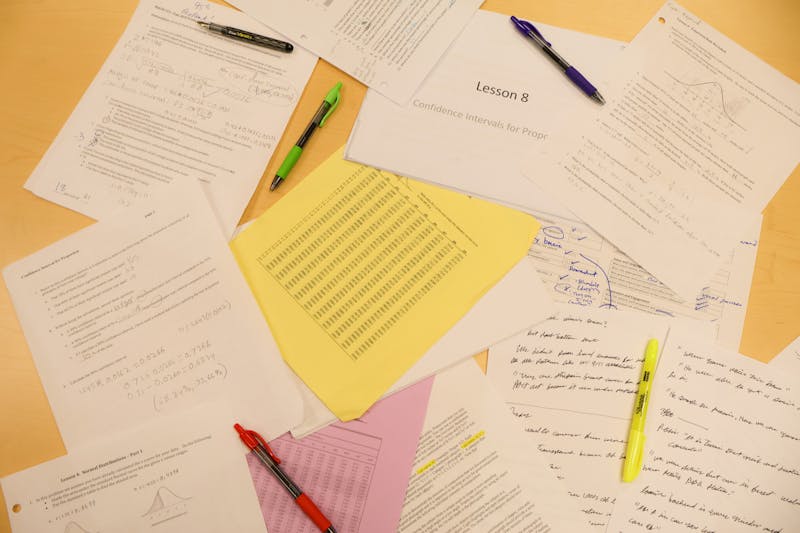When I was thirteen, I developed an eating disorder. I was in middle school and deeply insecure at the time, so I found myself turning to dieting and fitness trends to fit in better with my classmates. While it started with moderate exercise and eating healthier, it quickly became an obsession that turned into skipping most meals and eating less than 800 calories a day.
I followed social media pages that promoted unhealthy eating habits and shared unrealistic body-goal images of stick-thin women. I spent hours scrolling through comments providing tips and tricks to keep slimming down and I tried many of them — chugging water when you feel the urge to eat, chewing a piece of gum to stave off the hunger and more.
I started losing weight. My clothes became too big on me. I was thrilled to see the bones poking out under my skin. Those social media accounts only pushed me further and further.
While I was lucky to recover in high school with no impact to my long-term health, I know firsthand how dangerous social media can be with encouraging unhealthy eating habits. Thankfully, many experts are now publishing extensively on the influence that digital spaces have on promoting eating disorders and people are taking it more seriously. Specifically, there is a large focus on helping youth avoid forming unhealthy eating and exercise habits.
In addition, there has been a recent rise in body-positivity movements across social media platforms that push people to love themselves and their bodies, no matter what shape and size they come in. However, despite awareness of the issue and the positive impact of body-positivity movements, these unhealthy trends still exist. The “Girl Dinner” trend is one of them.
Girl Dinner, as it is known across many social media platforms including TikTok, has largely been considered a funny and quirky representation of the random items women throw together for meals when they do not have to cook large dinners.
Videos often show a charcuterie-like mod-podge of things like crackers, pasta, chips, cheese, eggs, wine, slices of deli meat and more. However, it may reveal a deeply concerning trend of under-eating.
Many of these meal items, while satisfying, reflect healthy snacking rather than a well-rounded meal. More and more people, particularly women, are latching on to this trend and sharing their own creations, but in some cases, sharing these videos and images of meals online that are lacking in proper nutrition and volume can encourage viewers to eat less, especially if their creators represent an ideal body image for those viewers. While adults may be able to see this trend and take it as a joke, younger viewers in middle and high school may take it as inspiration for the development of various eating disorders like anorexia.
Now, I’m not saying that Girl Dinner is a completely negative trend. In many ways, it can encourage snacking and intuitive eating as well as promote female bonding. However, I urge people to be aware of the risks present within this trend.
I know that when I struggled with my own eating disorder, I often based what I ate from what other people ate around me or online. If someone had what I perceived to be an ideal body type, I would mimic their eating habits and compare my meals to theirs. While the trend might be fun and entertaining, this is where the danger of Girl Dinner lies.
Ultimately, it is good to remember that your eating habits should not reflect others’ eating habits. It does not matter what you eat, as long as it is well-rounded, nutritional, and scrumptious.


The Slate welcomes thoughtful discussion on all of our stories, but please keep comments civil and on-topic. Read our full guidelines here.